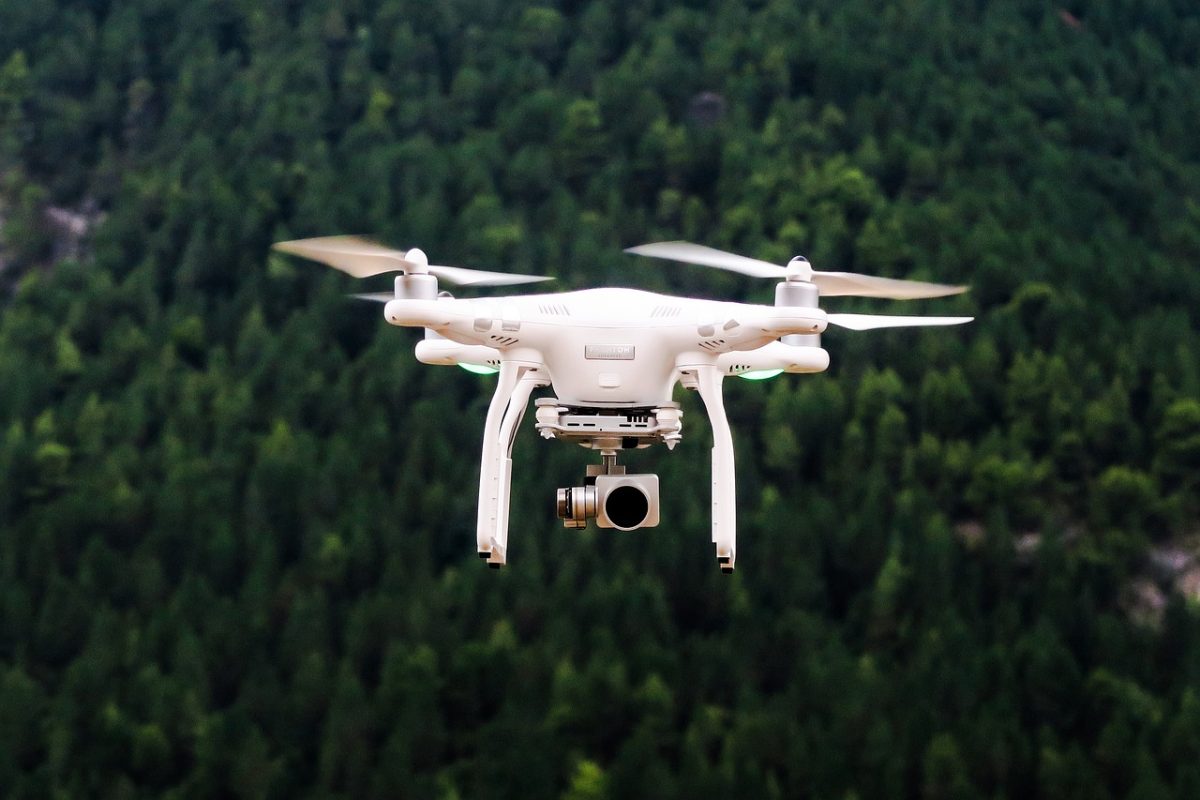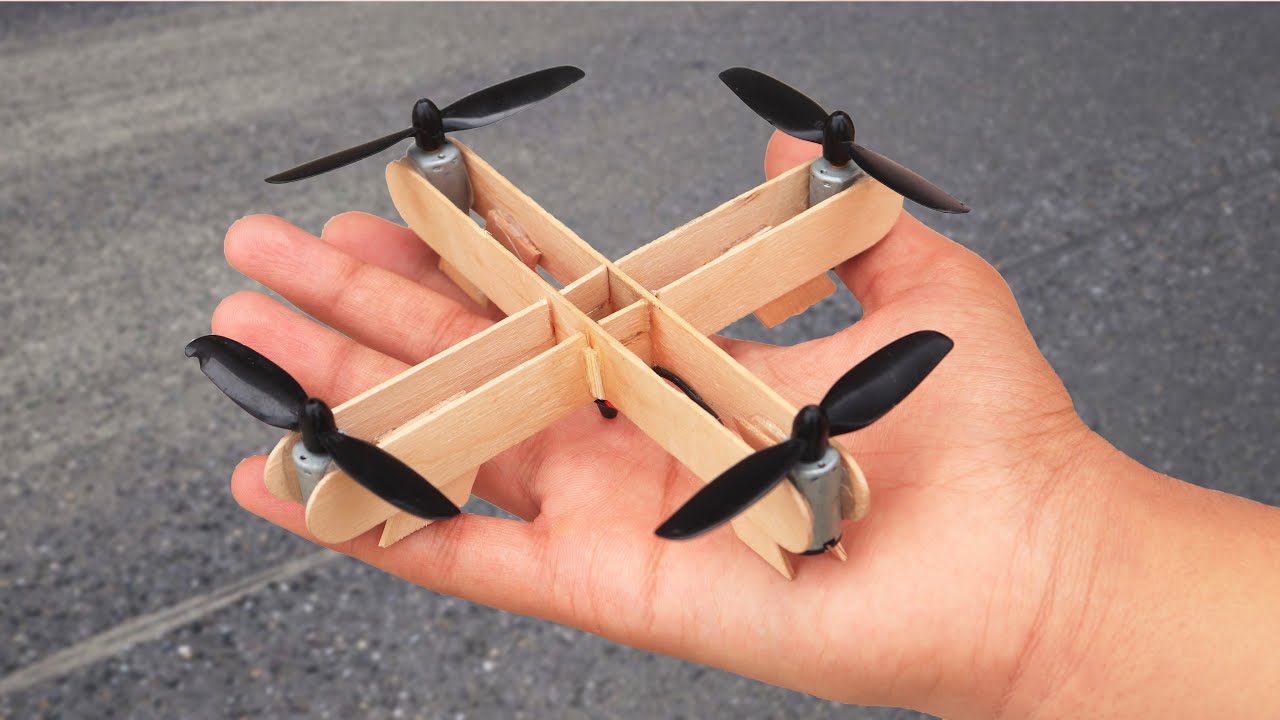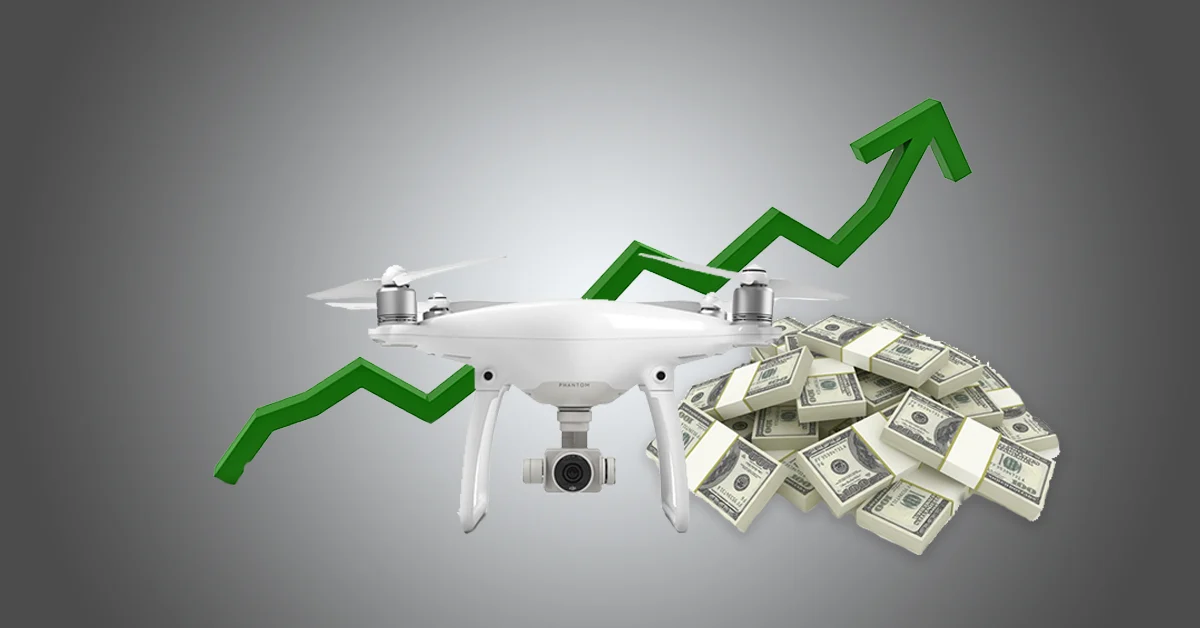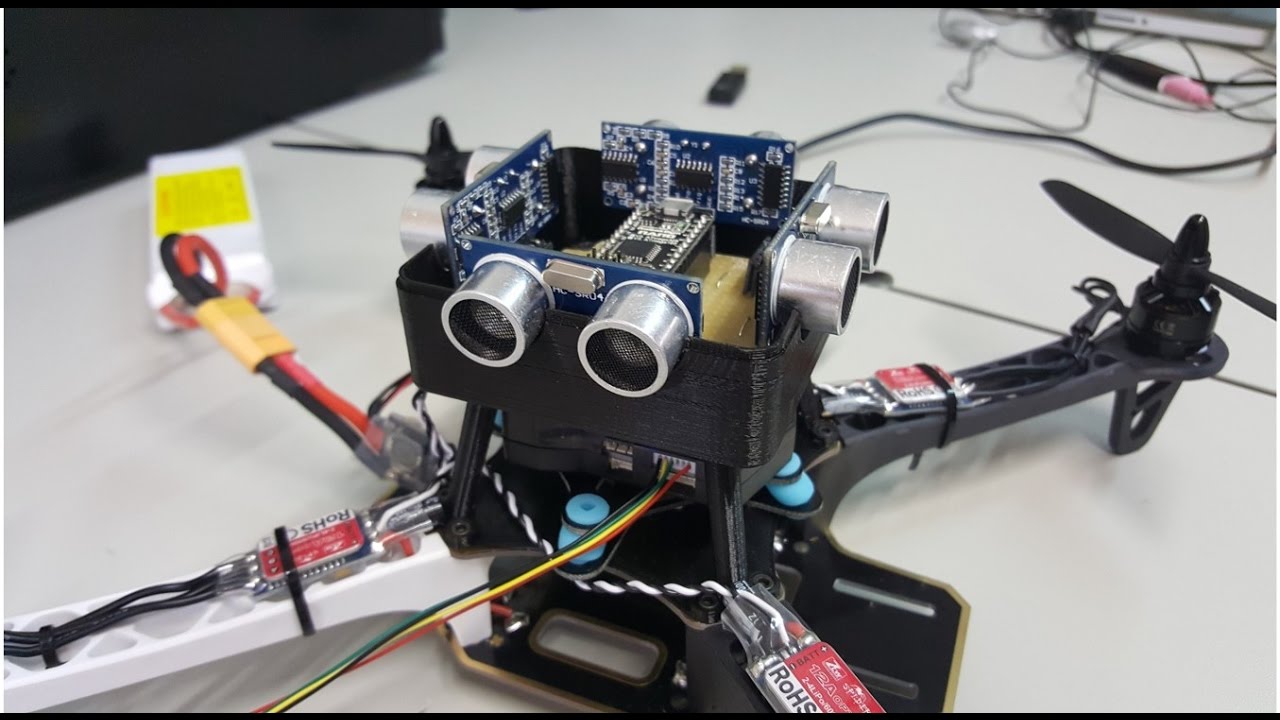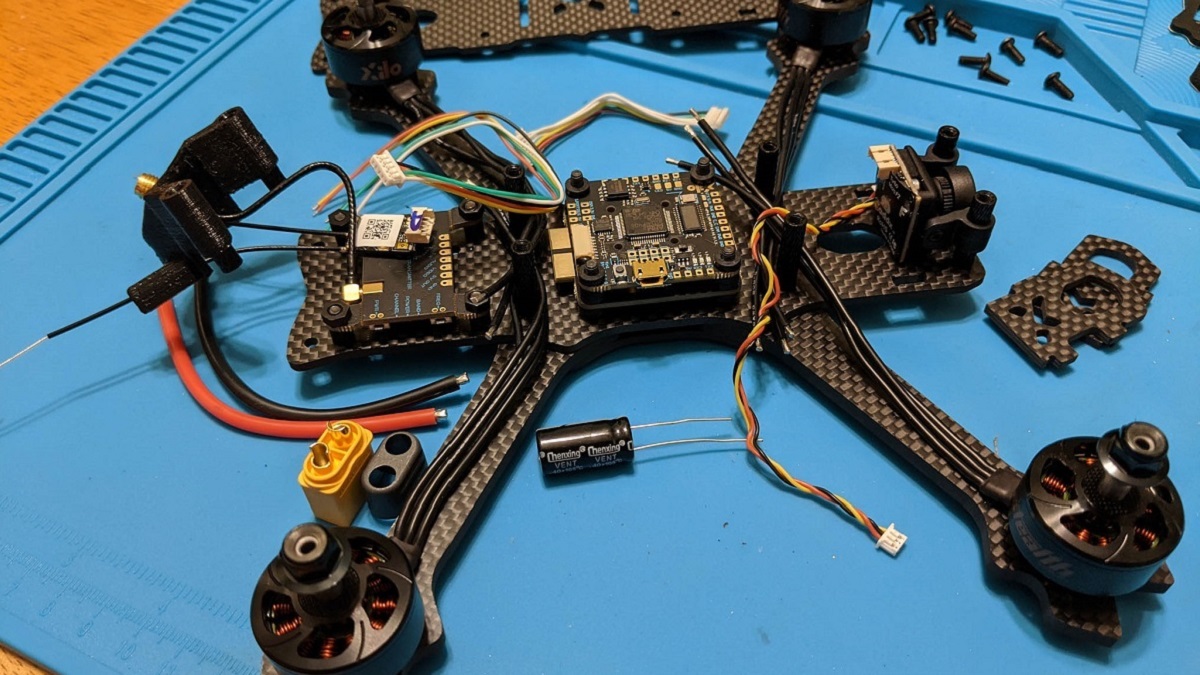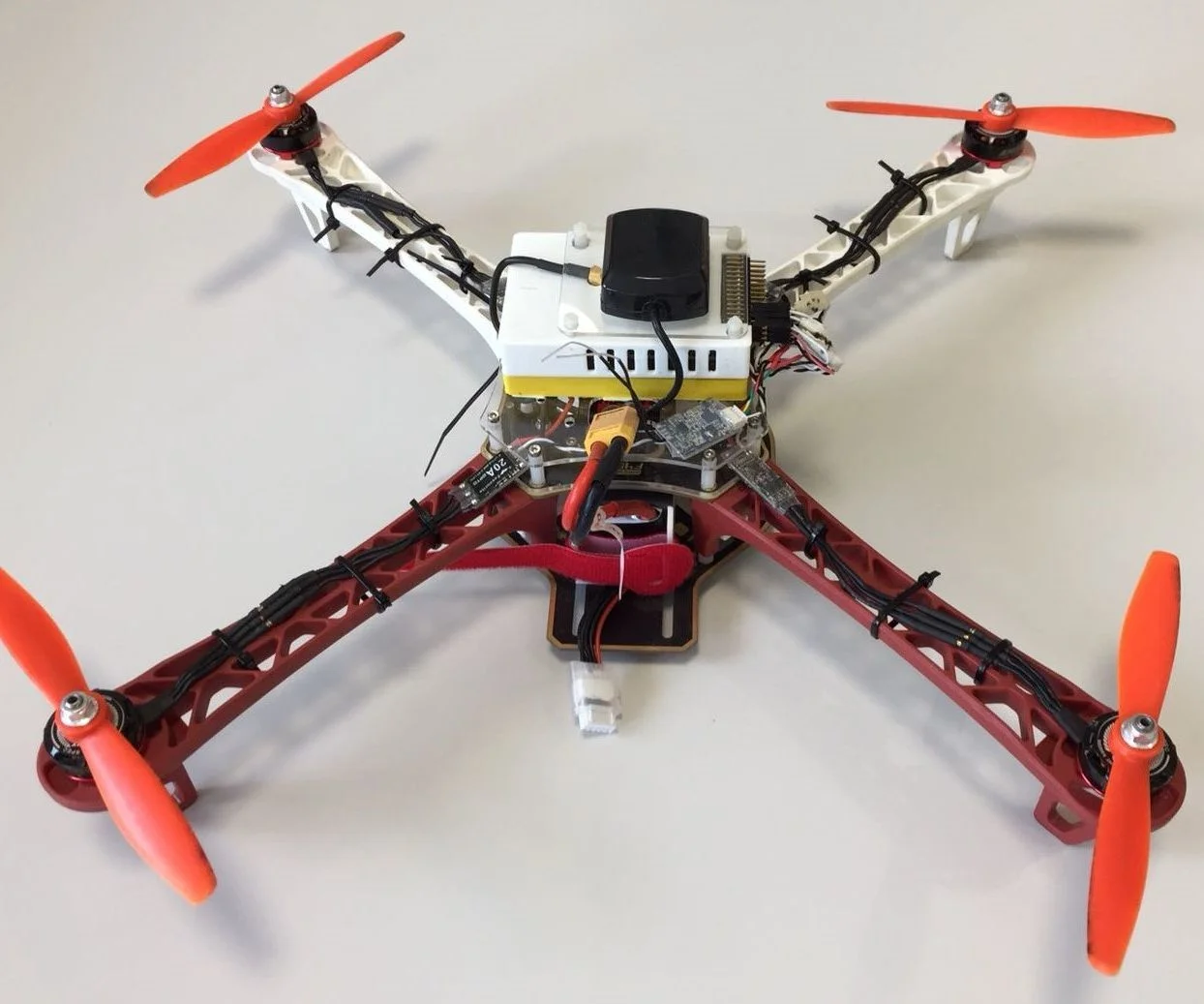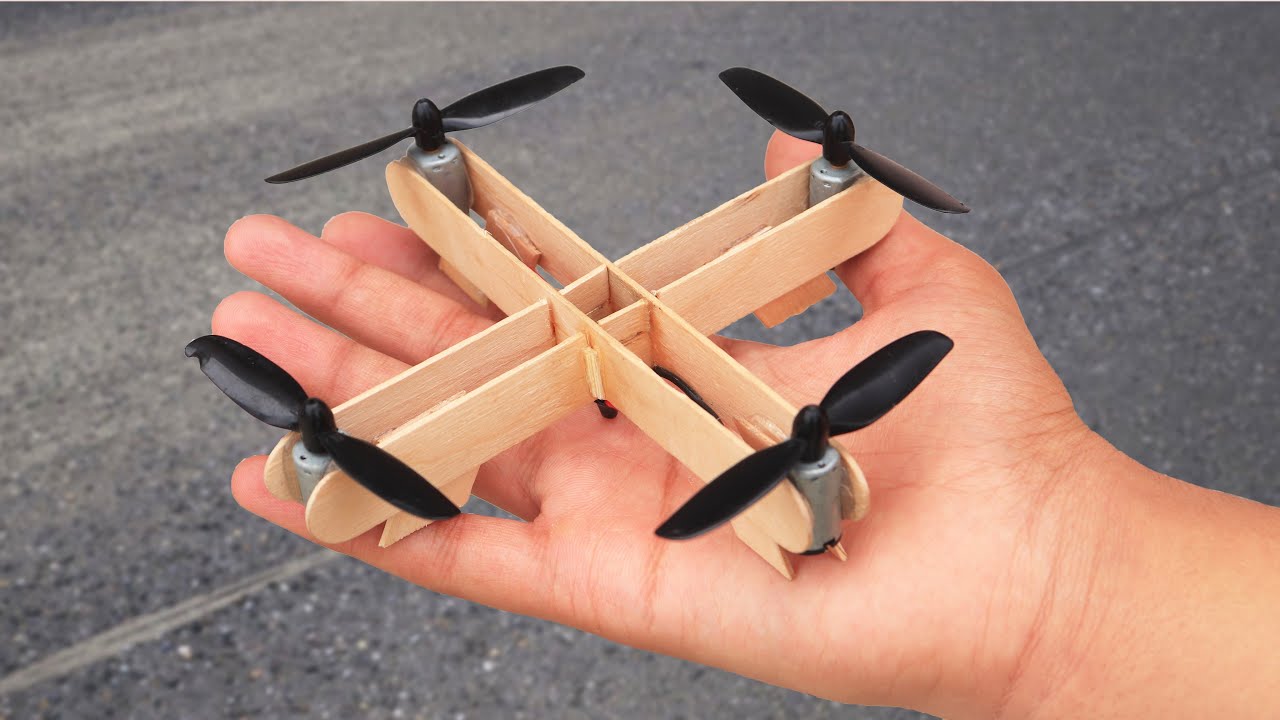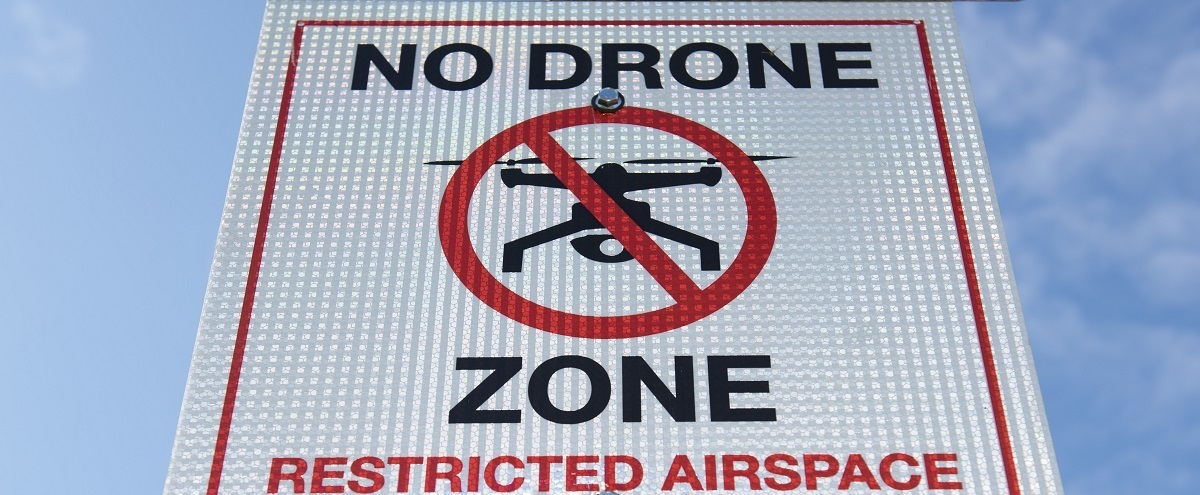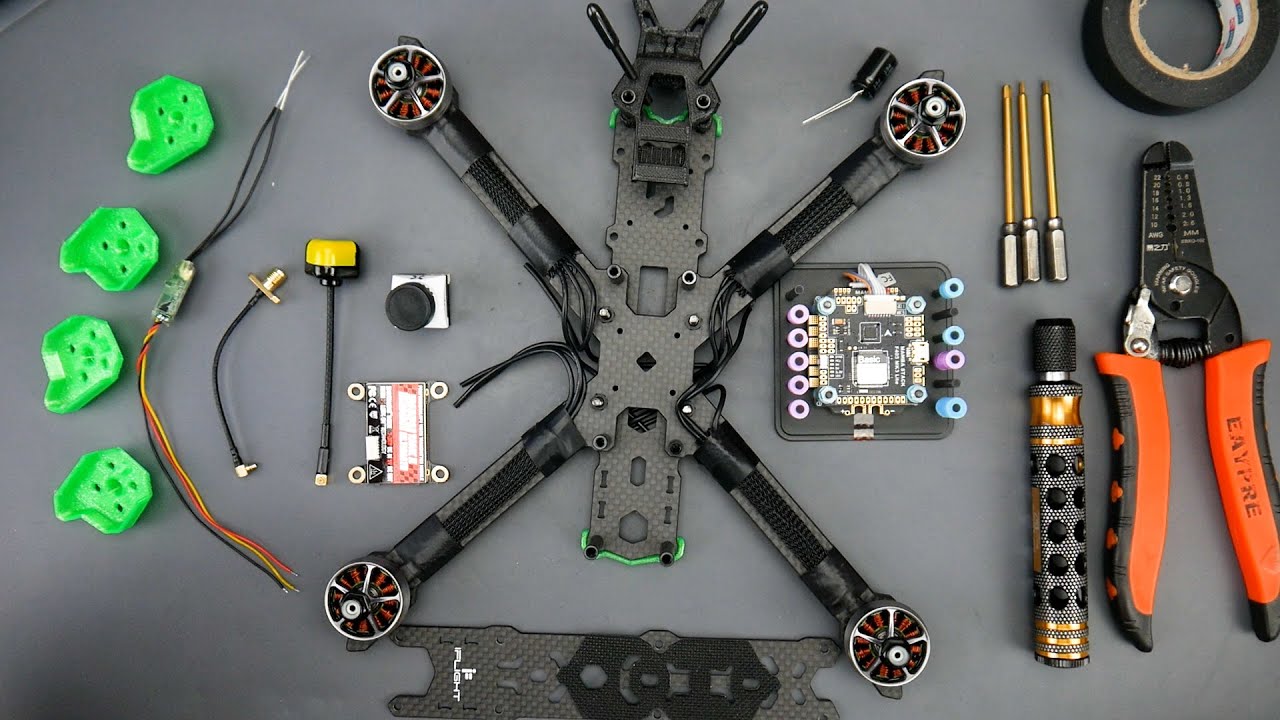Drone technology started with the use of hot air balloon for airstrikes have been around for years. Today, that technology that once served as a tool for destruction is transforming different aspects of human endeavor and bettering our lives in so many ways. The popularity has grown in recent times. Additionally, the use of drones is escalating by the day. Besides, its application is rapidly spreading across different facets of life and industry.
The ability of a drone to get to places non-accessible to humans make it useful in search and rescue activities, firefighting, mapping and surveying, disease control, emergency response, policing, and many more. Moreover, these unmanned aerial vehicles (UAVs) also have application in the mining industries. Drones can help geophysicists to collect a more accurate geological data for proper location of minerals, oil, and natural gas. Thus, many people today are trying to learn how to build a drone to maximize their benefit.
We will explore the uses of drones in details in this article. Furthermore, we will equally tell you the step-by-step tips on how to build a drone from scratch. Whether you are DIY enthusiast who want to get the hang of it or a professional just curious about the drone technology and wonder how to build a drone yourself, this article will work you through all the steps you need to follow to build your drone.
Now, let’s begin with a quick overview of drone uses and its applications.
Uses Of Drones
A drone has a lot of uses and applications today. Also, it has both professional uses and recreational uses. Below are some of the uses of drones.
Aerial Photography
One of the main uses of drones is to take aerial photographs. Due to technological developments, many quadcopters come with an in-build camera. These cameras are very good and steady. Besides, they commonly produce sharp and clear pictures. You can control both your drone’s view and what it captures from your phone. It equally provides you with a high definition video recording. Additionally, drone cameras are equally used for wedding photography.


Farming And Agriculture
Drones are used in commercial agriculture. Many farmers who produce crops in large quantity have massively improved their yields. Thanks to the routine aerial monitoring, which help the farmers to carry out a comprehensive analysis of their crop’s performance. Besides, the drone does these tasks at cheaper costs. Also, drones can help farmers to apply fertilizers and pesticides to crops and much more. They equally perform the task faster than human workers.


Commercial And Industrial Building Construction
Quadcopter drones are now used in the construction industries for the following jobs:
- Assessments
- Monitoring Staff
- Aerial view of the construction process
- Surveying
- Security
Construction companies that use aerial photography multirotor for marketing purposes witness significant improvement in sales.
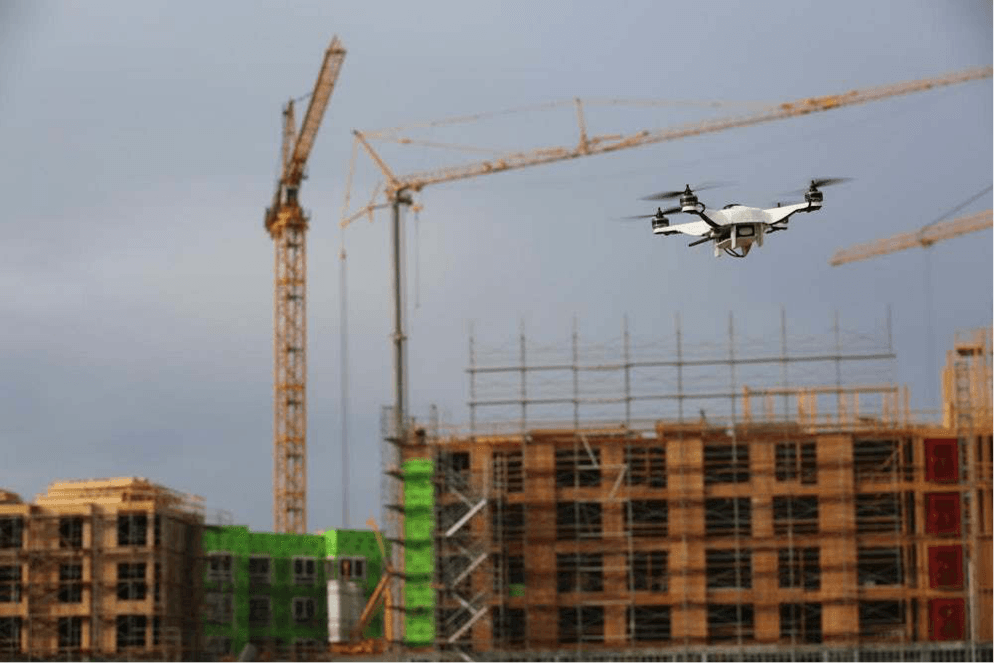

Drone Racing Sports
Drone racing has become popular in recent times. Besides, many engage in drone race as their hobby. Moreover, it looks similar to a video game race. However, with drone racing, you are doing the racing in real life and you get a chance to control a suitable race quad.
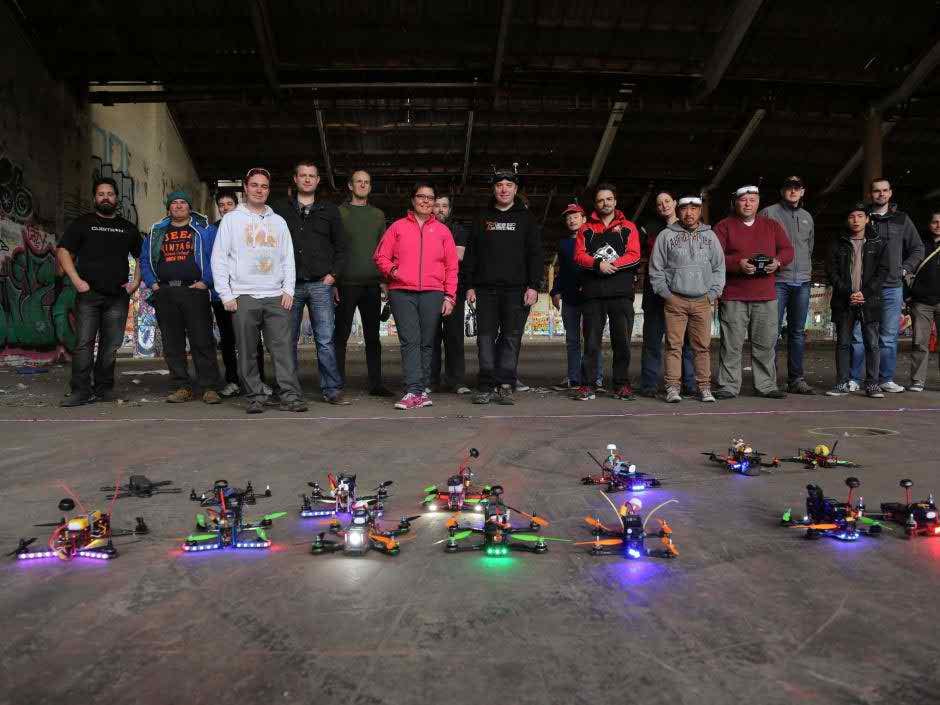

Drones Are Equally Used For:
- Entertainment & light shows like theme park drone beam down images on a projection set up.
- Large companies like DHL, Amazon, Dominos, and FedEx are exemplifying Aerial Delivery and Shipping
- Filming and Movies can be shot with drones. Examples are Leonardo Di Caprio’s The Wolf of Wall Street, The Evergreen, Harry Potter & the Chamber of Secrets, and more.
- Hunting aid to verify if your desired game is out before taking to the bush
- To access difficult to reach locations, high altitude or critical procedures like aerial photography or video of an erupting volcano.
- Sensory & inspection
- News & journalism for capturing late-breaking headlines traffic jams, fires, the progress of a crime, and a lot more.
- In military & armed forces for defense purposes
- For field mapping
- Mining application
- Medical & emergency
- Human Passenger Carrying
- Police & Law Enforcement
Simple Tools You Need To Build A Drone
Learning how to build a drone from scratch can be scary. Nonetheless, it doesn’t have to be. The tools you need will differ depending on whether you want to build a tricopter, quadcopter drone, and so on. The most popular type of drone is a quadcopter. In this article, we will concentrate on how to build a quadcopter.
If you don’t know where to get parts for building your drone, few online shops that sell all the components you’d need to learn how to make a drone like the RoboShop and Hobby King.
- Iron and solder multi-meter (Optional)
- Velcro for fixing your lipo battery to your frame
- Zip Ties for fixing Soldering hardware like ESCs to the frame
- Heat shrink or electrical tape for insulating the bullet connectors between your motors and ESCs
Basic Parts You Need For Drone Project
Frame
Two key things you need to know about drones arms when building your drones are the number of arms the drone has. Those that have four arms known as quadcopters are the more popular type. Besides, every arm in your drone project will usually have one motor. So, to build your drone with four arms, you’d require four motors. Also, each of the motors will have one propeller. Drones that make use of many motors are known as multirotor.
Another factor to note when doing drone project about the frame is the size. The size of the drone is the longest distance between one motor in a drone or the other. In a quadcopter, it is the distance between two motors placed diagonally from each other in millimeter.
Motors
You can use a brushed or brushless motor. Brushed motors are cheaper. However, they erode and break much faster than brushless motors. When planning how to build a drone, be aware that brushless motors don’t wear away or spoil as quickly as the brushed motors. Also, they are the best type of motor for DIY drone builders.
Propellers
Propellers commonly feature a four-digit number. The first two digits are the prop diameter in inches. Moreover, the last two digits stand for the pitch in inches, too.
Electronic Speed Controllers (ESC)
The electronic speed controller is essential if you are building a drone with a brushless motor. Also, you don’t need an ESC if you are using a brushed motor as they will only require an input of a simple DC voltage.
Brushless motors need three out of phase input voltages. Once a DC input voltage is supplied to the ESC, it routinely produces three out of phase voltages which link up to the motor and makes it rotate.
Lipo Cell Count
A battery cell is a pack of separate tiny batteries. A lipo cell normally comes with a voltage of 4.2V when it charges fully and 3.7V when the battery fully depletes.
- Capacity
The mAh specification measures the battery capacity in Charge Coulombs.
-
C-Rating
The C-rating determines the output current of a battery. Additionally, the higher the rating, the higher the output current the battery would generate.
The maximum output current of a battery is obtainable by multiplying the C rating with the battery capacity in Ah units.
Power Distribution Board (PDB)
The power distribution board is for connecting the key electrical components of your drone particularly the ESCs and battery connector.
Flight Controller
A flight controller is essentially the drone’s brains and a hardware hub where you attach all the parts of a drone.
GPS
GPS modules are not costly. Also, they commonly make use of the UART or I2C protocol. Besides, the majorities of GPS modules meant to be utilized for drones equally come with a magnetometer.
RC Controller
An RC controller is made up of a transmitter commonly held by the pilot and a receiver which receives the commands from the pilot.
Telemetry
Telemetry is a wireless transmission used to connect with the drone. While one module is connected to the drone, the other module is connected to a computer commonly known as a ground control station GCS. Furthermore, it is a plug and play.
Additionally, the GCS connects to the UAV remotely and can send and receive signals.
How To Build A Drone: Step-By-Step Tips
Whether you intend to find an ultimate partner for drone racing or you want a drone that can withstand harsh weather conditions, learning how to build your drone from scratch help you to customize the drone features to suit your specific needs. Follow the steps below to build your drone.
Once you have your tools and parts ready, the next thing to do is start to build your drone.
Steps In Drone Building
1. Build the frame is your first step to DIY drone projects. The drones frame can be in any type of material including wood plastic and metal as long as it is sturdy enough to clamp structure and shape. For a quadcopter, your frame needs to be in an X shape, and one propeller would be attached to every point of X.
2. Weld bullet connectors between the motors and ESCs.
3. Weld the ESCs and battery connector to PDB.
4. Attach your PDB anywhere in the center of the drone or the base of the drone. Use zip ties to secure the PDB.
5. Attach your ESCs to the arm of your drone. One ECS will go to each arm. You can either attach it to the base or top of the arm.
6. Fasten the motors to the tip of all the arms. The motors ought to have screws for mounting it. However, don’t tighten it too much. Two of the motors would be CW while the other two motors will be CCW. Ensure you mount them correctly.
7. Link up the bullet connectors to the motors from the ESCS.
8. Experiment with the motors to see if they spin correctly. If the spinning direction isn’t right, alter two of your bullet connections.
9. With the use of two-sided gluey tape, fasten the RC Input module to the UAV, anywhere close to the center of the frame.
10. Fasten the flight controller to the drone close to the center. You can usually attach it to the topmost part of the frame or in the center. Also, you can do this with two-sided sticky tape or with screws. It helps drones to remain stable during flights.
11. Mount the drone side telemetry component.
12. Position your GPS on a mounting system. Also, fasten it anywhere in the center of the frame.
13. Connect the entire electronics and wires to the flight controller.
14. Calibrate ESCs.
15. Connect props. However, don’t tighten the bolt on top too much. If you mounted the right CW or CCW motor in the appropriate position, props will routinely tighten the bolt as they spin. Again, check that you are using the right type of prop. Moreover, the prop should push air in the downward direction as it spins.
16. Connect the landing to your drone. This acts as a shock absorber if your drone lands on the rock-hard surface and forestalls repair cost or accidents. Moreover, use tough and durable material like plastic which can absorb shock without snapping.
17. If you hope to use your drone for aerial photography, remember to include drone with camera remote control.
Ready, Get Set, Build!
Now that you have learned the various uses of drones and how to build a drone to improve your life and lives of others in so many ways, you can easily start your drone project and build away. Furthermore, this guide should help you to build your own drone from scratch.







